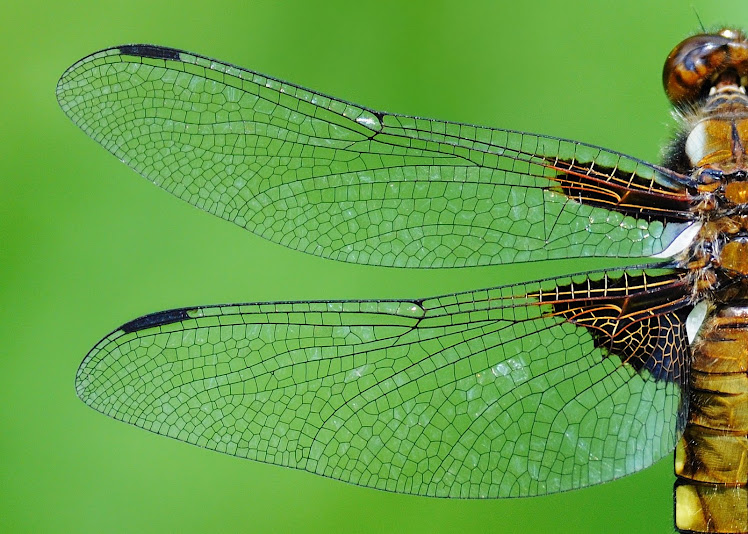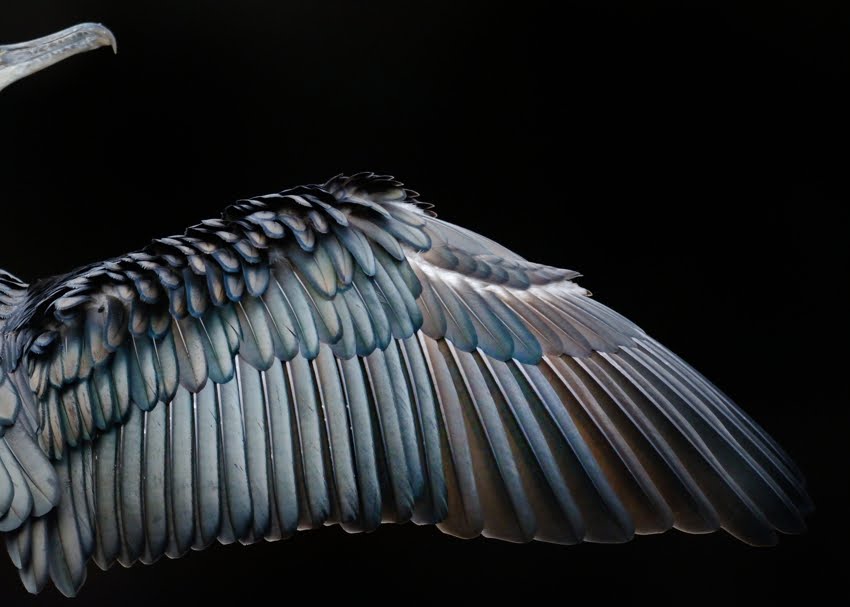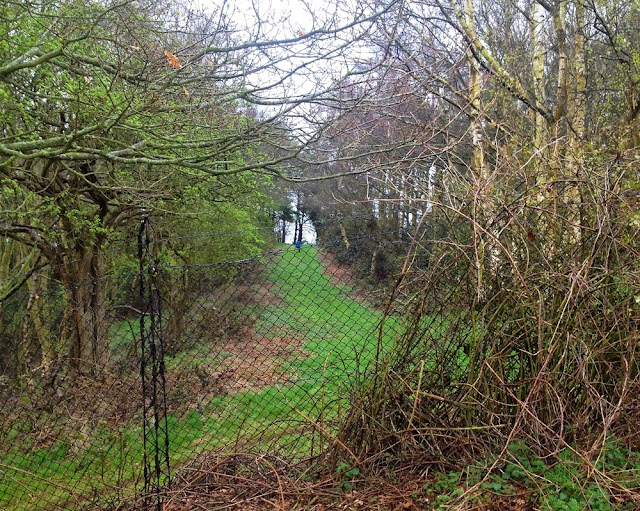I recently found myself on a hill in Bedfordshire at dawn,
looking through a fence onto a narrow track that parted an area of woodland. It was dawn in April, cold and windy, and it
was my eighth hour, involving three visits, staring in anticipation along this
line of grass. I first heard it calling
as dawn broke and my expectations rose, but then nothing but silence for a
further three hours. Then it appeared,
on the brow of the hill. For twenty
seconds it was there, and it was beautiful; but then it was gone, and I
probably won’t ever see one again.
It was a male Lady Amherst’s Pheasant, or a ‘Lady A’, as they
have become known.
The Lady A is one of the most
spectacular of British Birds. The males’
plumage is a concoction of colours - red, blue, yellow, white, silver, black,
green and orange feathers - but arranged in a way that is subtle rather than
gaudy, as pleasing to the human eye as it must appear to the much drabber
females. A beautiful cape of white
feathers hangs behind the pheasant’s head.
The most noticeable feature bobs along behind it; the tail is made up of
several very long black and silver feathers, stretching almost three feet to
the rear.
Not surprisingly, given their plumage, Lady Amherst’s Pheasants
are not native to the UK, but to South-west China and Burma. The name commemorates the wife of William
Pitt Amherst, the Governor-General of India from 1823. The first specimen was
sent to London in the 1820’s, although reputedly it didn’t survive the ordeal
of being shipped around the world.
However, others did survive subsequent journeys and small releases of
the birds took place locally into the British countryside. They took to their new habitat, and for a
period of time thrived, particularly in small areas of Bedfordshire.
Although Lady A’s are an introduced species, in some areas they
developed self-sustaining populations and were promoted
to full ‘British Bird’ status, making them a desirable target for birdwatchers.
Despite their significant size and their interesting plumage,
Lady A’s are very difficult to see, preferring to forage in dense shrubs, and
in the UK often in sensitive areas with no public access. Over the past few decades only those ‘in the
know’ have been lucky enough to see them.
Many have paid good money to be guided to the secret sites, and no doubt
left very happy.
Depletion of the pheasants’ existing habitats, and an
increase in the number of foxes, are both thought to have contributed to the
Lady A’s decline. One theory is that gamekeepers
are partly responsible for reducing their numbers, culling them due to their
habit of flying low or even running when flushed - a low flying pheasant could
prove fatal with a group of trigger-happy shooters discharging shotguns at low
angles.
While some non-native introductions of birds and mammals have
been problematic, the Lady A’s presence in the British countryside has been a
relatively uneventful one, often simply providing a momentary pleasure to those
whose paths they have crossed.
The Lady A is a secretive bird now destined to slip away as
quietly as it has existed here. The last
few years have resulted in fewer and fewer sightings of Lady Amherst’s
Pheasants. From only a handful of birds noted
three years ago it is now thought that only a single male bird remains at a specific
site in Bedfordshire. Earlier this year,
the location was released publicly to avoid over-enthusiastic searches –
trespassing – at its location, which is
actually a private site but can be viewed from a public footpath.
For some birders, the release of news of its location presents
an opportunity to tick off the only unseen bird that featured in their
childhood ‘Shell Guide to the Birds of Britain and Ireland’. For other lifelong birders it is simply the
chance to see a bird they thought they would never experience in the UK. The day I saw the last Lady A, among the
small crowd waiting was a couple who had travelled from Germany in an attempt
to get a glimpse. After cursing the
British weather for a few hours, they left with a smile on their faces.
Although it only lasted a few moments on that cold April
morning, I felt privileged to see a bird that could become extinct in the UK at
any time. The remaining bird is assumed
to be very old. Sadly its eventual
demise will bring to an end a colourful addition to our landscape over the past
two centuries.
If you wish to see the last Lady A, you will probably have to be patient. The directions are:
Park in Lidlington
village, Bedfordshire, near the Church.
Cross the road and walk through the churchyard to the fence. Turn right and follow the path by the fence
uphill for 100 metres. Continue along the fence turning left. After 200 meters,
at the top of a few steps, you will see the ride through the fence on your
left. When it appears, the pheasant
tends to walk along the gap at the top of the ride.










